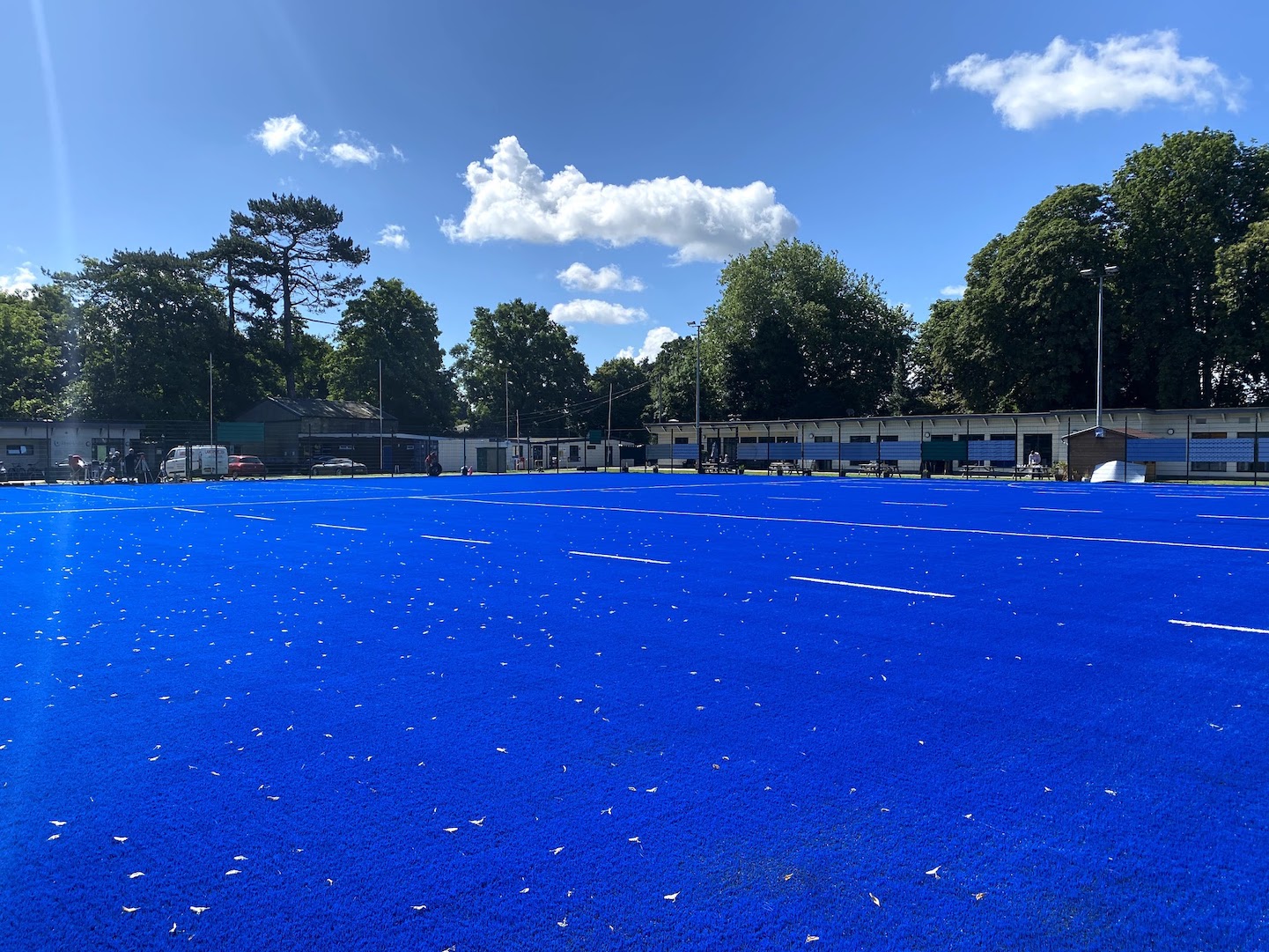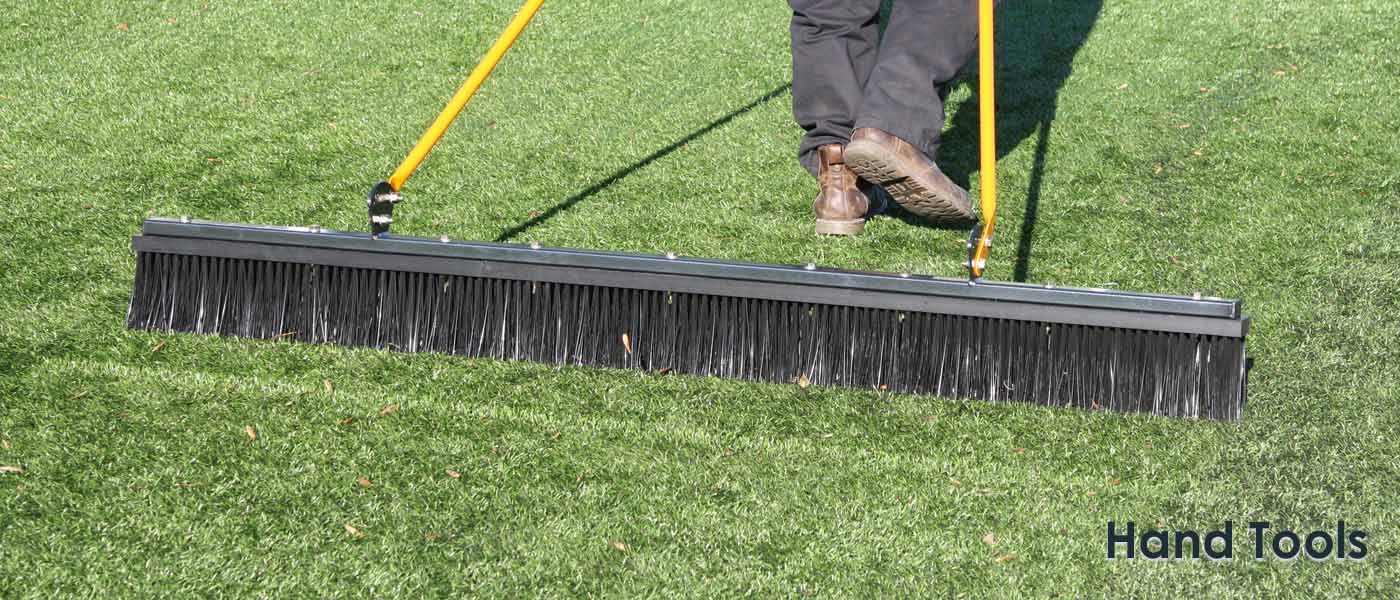Simple requirements for maintaining a top quality synthetic turf pitch
- 10/20/2020
Last week we looked at how to install a synthetic pitch, we now look at keeping it in optimum condition.
There is no such thing as maintenance free synthetic turf. Neglect it and the performance of the pitch will deteriorate. Look after it and you will be rewarded with better play and a longer surface life.
Understanding the need to maintain
When your pitch is handed over, it is likely to have been tested to an appropriate standard. The responsibility for keeping it at that level, now lies with the pitch owner. Failure to look after the pitch may mean it won’t meet the required standards, when re-tested. This is one reason why you need to maintain a pitch. Here are some key rules:
- Keep it clean – removing leaves, litter and other debris helps reduce contamination, that may affect the pitch drainage.
- Keep the infill regulated – this means ensuring the rubber crumb is kept constant from edge to edge, especially in high use areas, such as goal lines.
- Keep the fibre upright – helps ball to surface and foot to surface interaction.
- Keep it safe – check the pitch for loose seams, dips or bumps.
Frequency
There are some people who will say for every 10 hours of use, 1 hour maintenance is needed. In reality, the frequency of brushing and checking a pitch does depend on the amount of usage, but is also influenced by the type of system, local weather conditions and intensity of play:
- A long pile pitch without a shockpad generally contains twice as much performance infill (SBR rubber). This moves around fairly freely; affected by the ball bounce, players twisting and turning etc. This type of pitch will need more attention than one with less infill and a shockpad, beneath.
- In an open field environment, it is more likely that wind will bring leaves and litter onto the surface, than in a stadium field. An area with heavy rain, may see the grass fibres flatten. Conversely, in hot conditions, the infill may come to the top of the turf more easily.
- There is quite a difference in a pitch that has one set of markings and is used mainly for matches, compared with a field with multiple line markings that is divided into sections. The increase in foot traffic necessitates more maintenance.
In-house or specialist
From experience, a club or school which has invested in its own pitch, will find a dedicated person, who has the interest and motivation to look after the surface. This person will be trained on what to do, and will take pride in looking after their pitch. In this instance, the need for external maintenance help is reduced, to routine infill de-compaction visits.
Some pitch owners choose to outsource their total maintenance programme, to specialist maintenance companies. This can be through local experts or with the very professionally run national maintenance companies. The advantage of this option is that one company carries out both the routine and specialist maintenance.
Value of maintenance
A common question asked, is, “How long does a pitch last”? There is no definitive answer, as there are so many factors – how good is the turf, does it have a shock pad underneath, how much is it used? But, for sure, how well it is maintained has a really strong influence on the performance and life of a synthetic turf pitch. A well-managed and maintained pitch can last 3-5 years longer than a neglected field.
Last point – and this is relevant
Unlike natural turf, you don’t have to water synthetic turf, feed it chemicals, cut it, mark it out and restrict usage. A synthetic pitch can be used 24/7, 365 days a year. But, the more it is used the more important maintenance becomes. The cost of maintenance is a lot less than on natural turf, but just as important.






